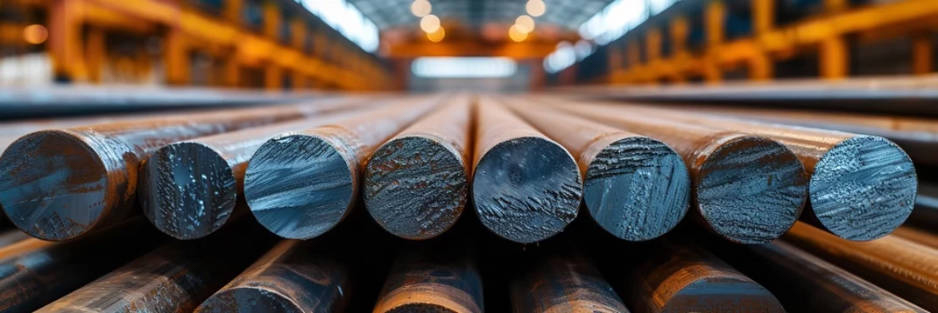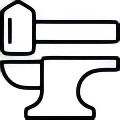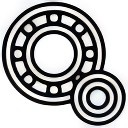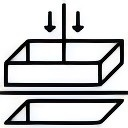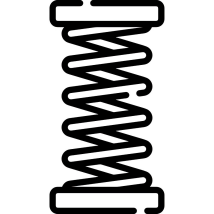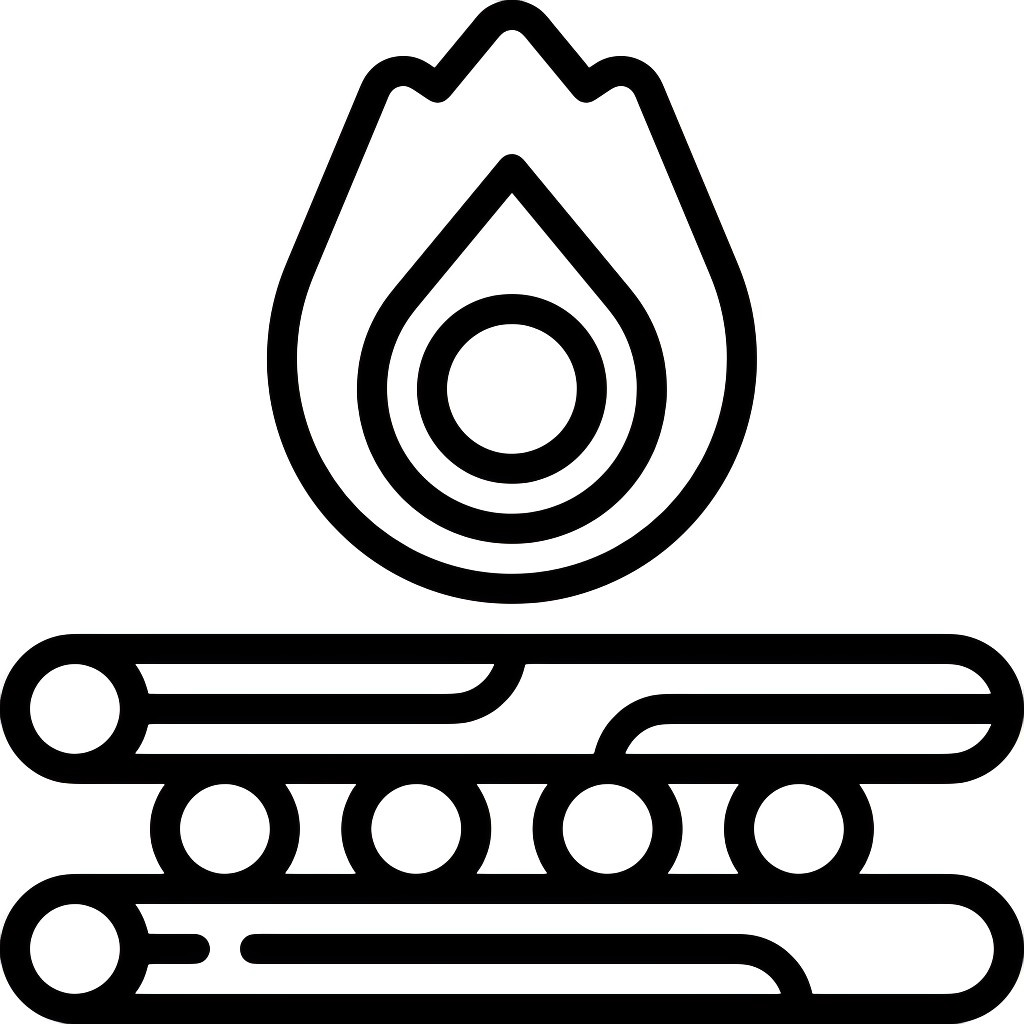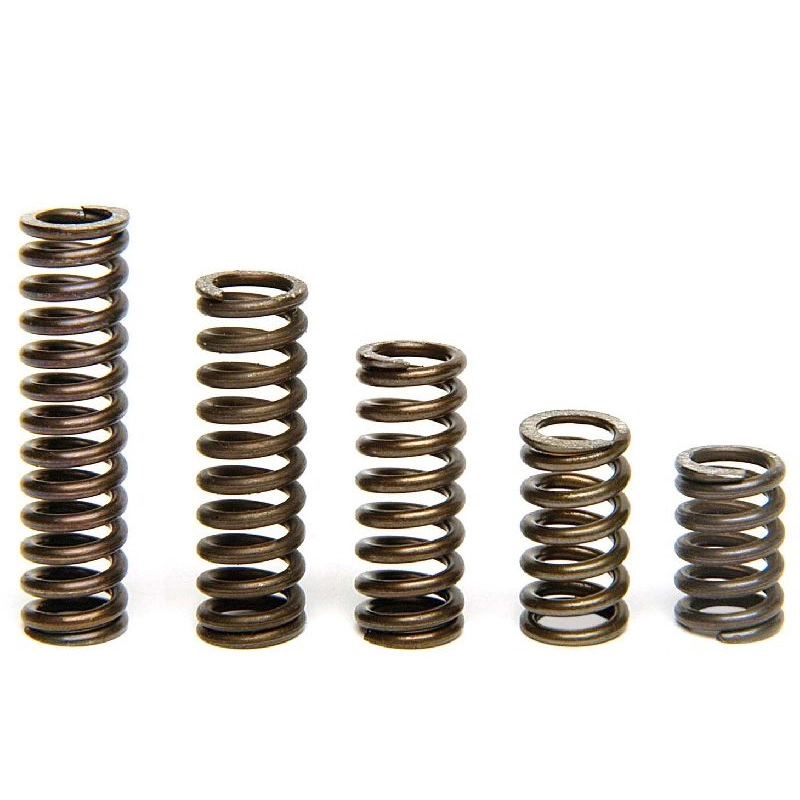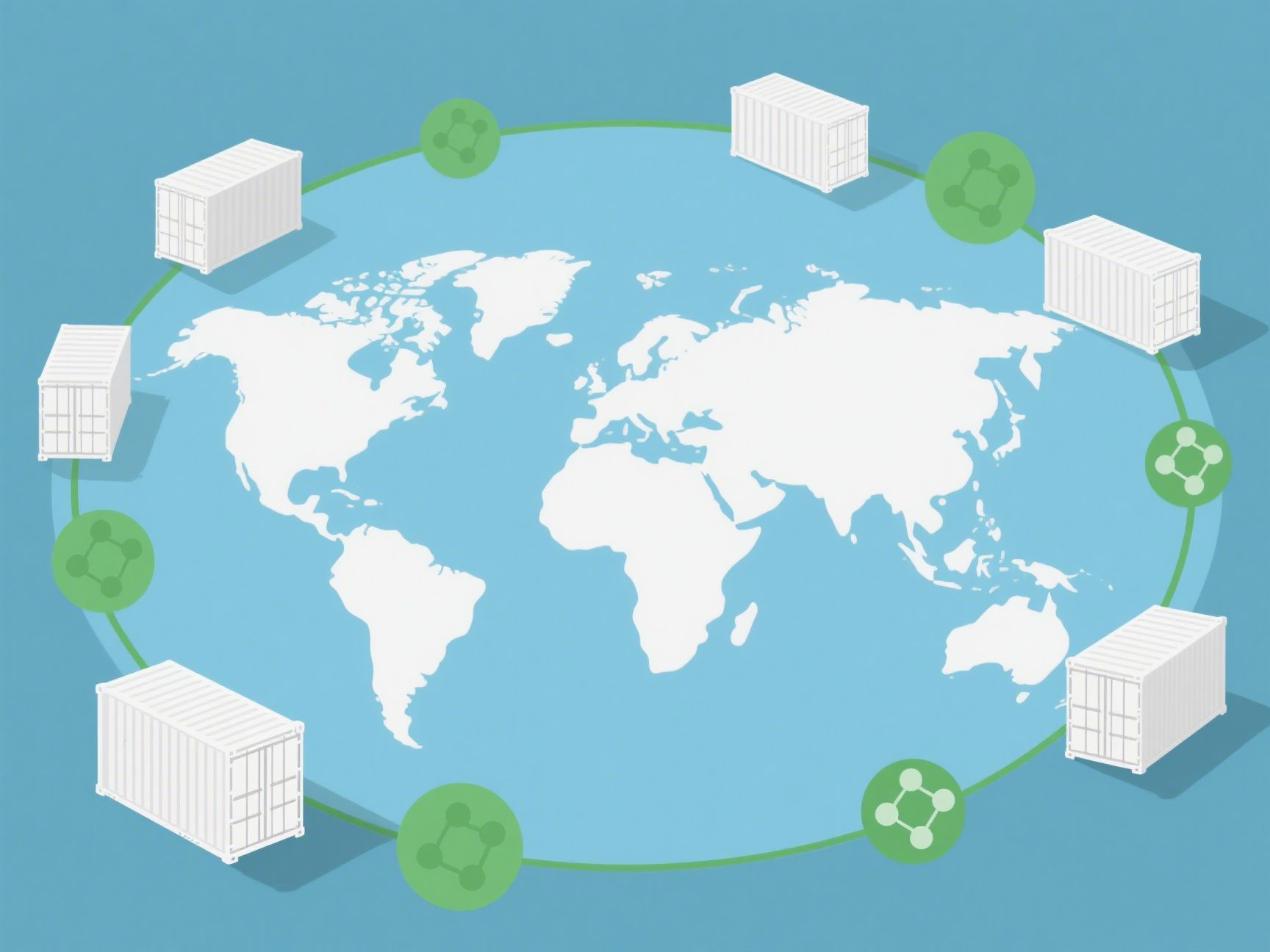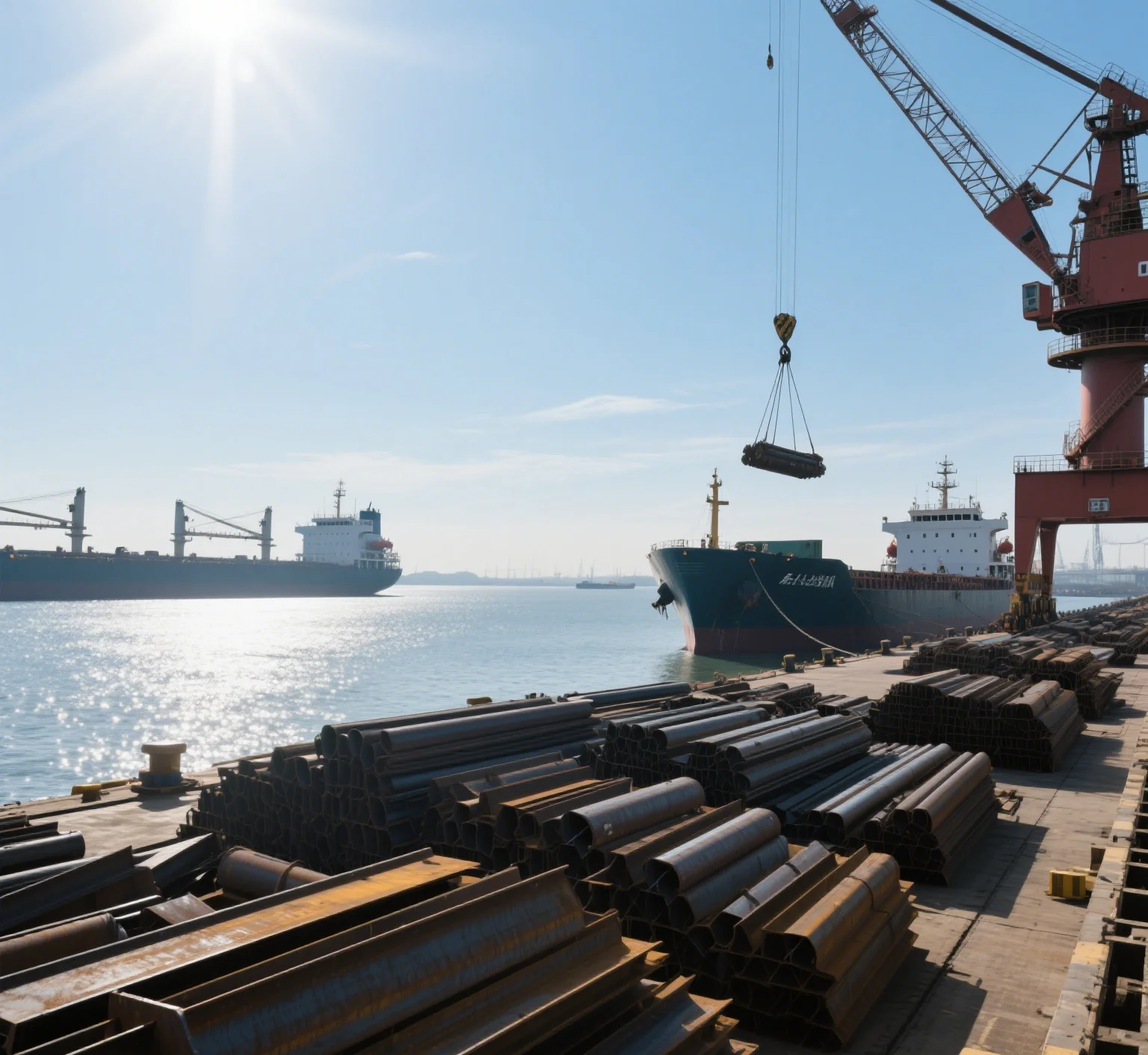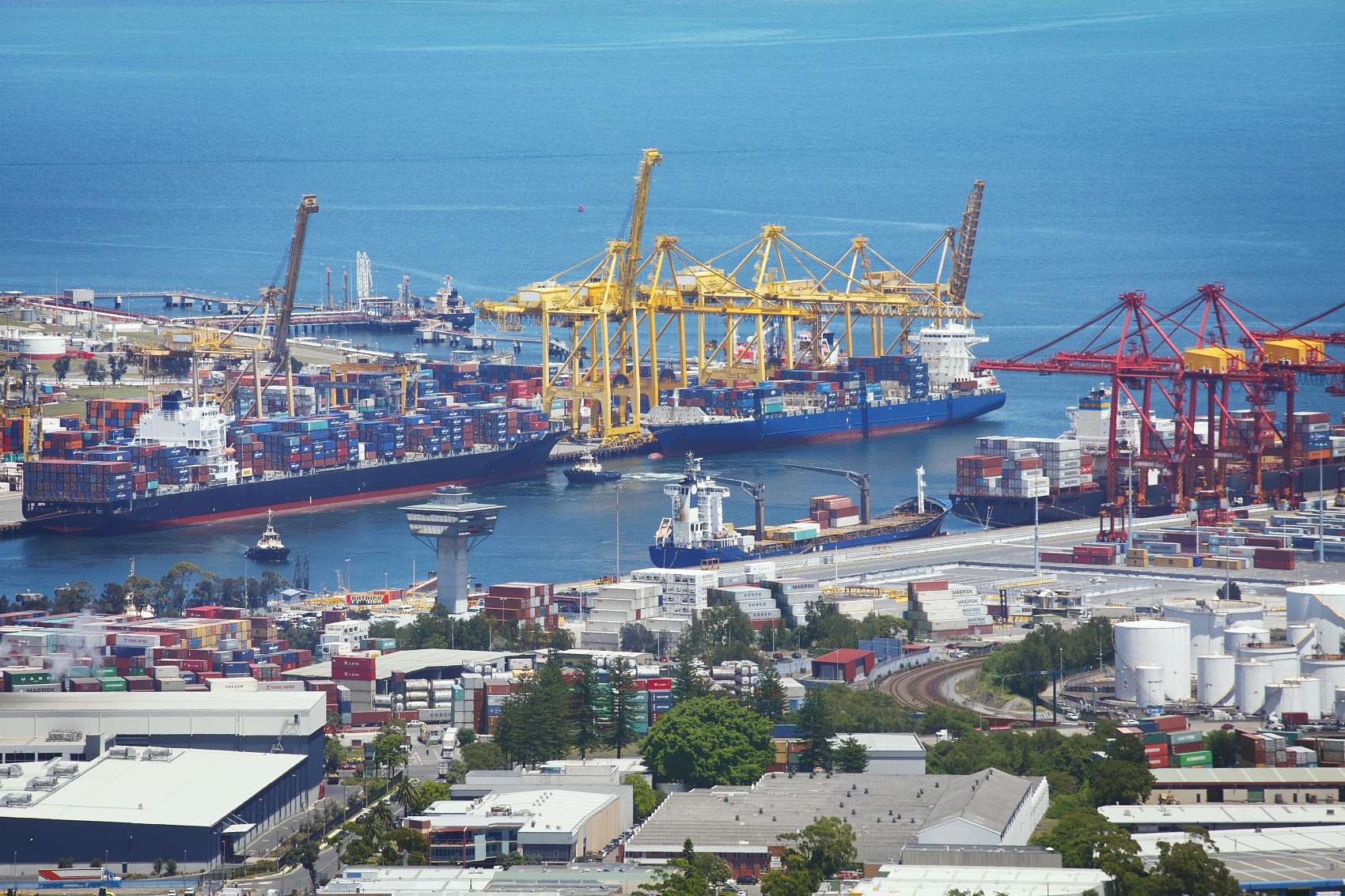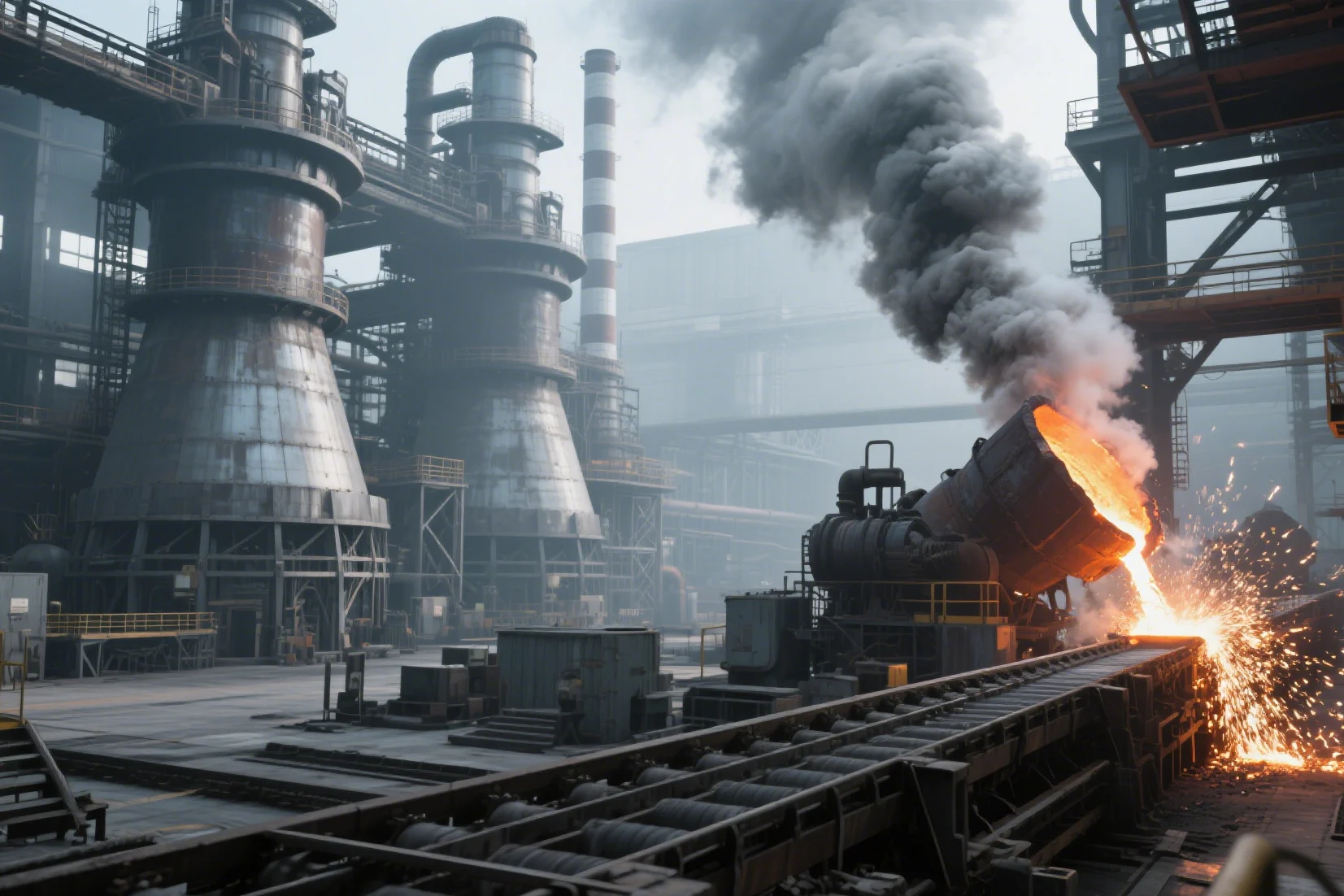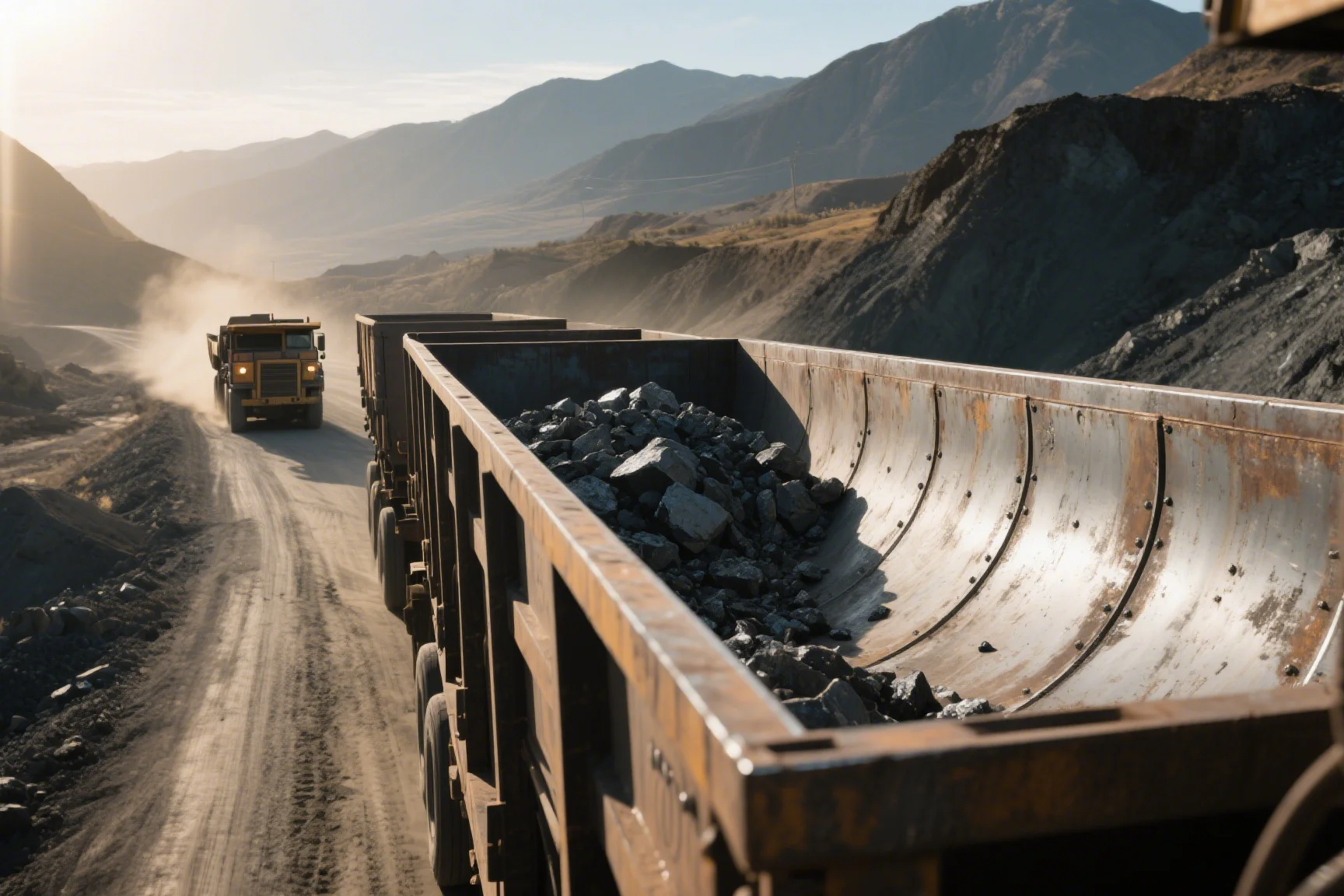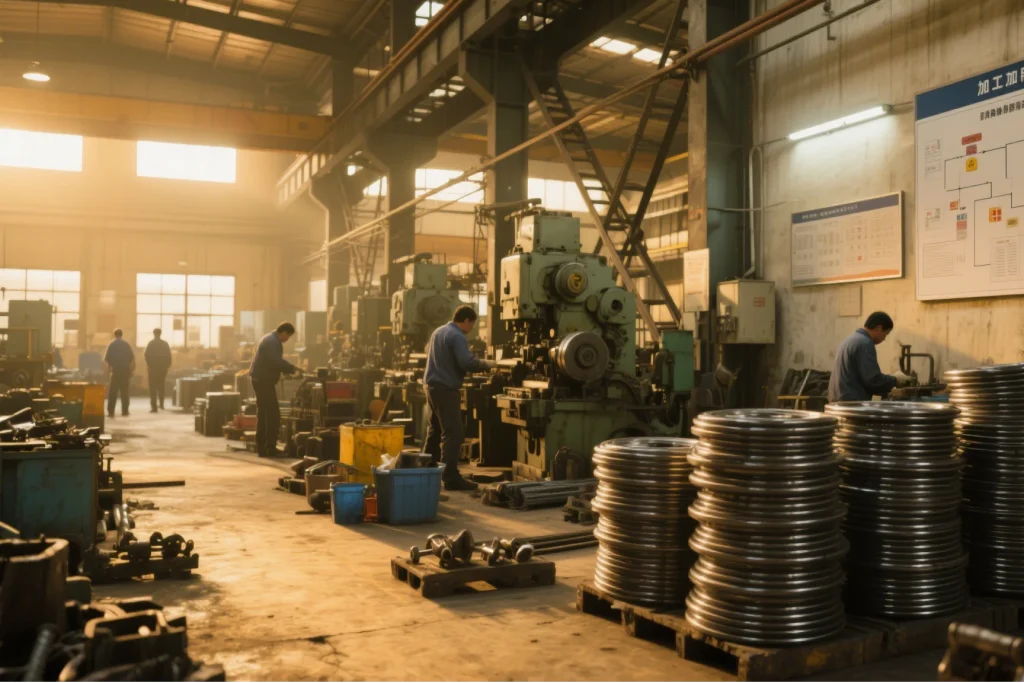
What’s the Deal with High Carbon vs. Alloy Spring Steel?
How Are They Put Together Differently?
High carbon spring steel’s got carbon levels from 0.62% to 0.90%. That makes it killer for stuff needing tons of bend and toughness. It’s split into two kinds based on manganese: regular (0.50% to 0.80%) or high (0.90% to 1.20%). This steel’s made with care to nail tough goals for strength, smooth surfaces, and spot-on sizes.
Alloy spring steel, though, tosses in extras like silicon, chromium, vanadium, and molybdenum. These goodies make it stronger, sturdier, and just better overall. You’ve got types like silicon-manganese, silicon-chromium, chromium-manganese, chromium-vanadium, and tungsten-chromium-vanadium steels. Some even mix in boron or other bits for special kicks.
What Kind of Power Do They Pack?
High carbon spring steel’s crazy strong and doesn’t wear out easy. It bends a ton under pressure but bounces back like nothing happened. It also hardens nice and even, so it’s solid inside and out.
Alloy spring steel takes it up a notch with its added ingredients. It’s awesome for strength, stretch, and handling constant stress. Stuff like vanadium keeps it rocking in rough conditions.
How Long Do They Stick Around?
High carbon spring steel lasts ages in bumpy, shaky situations. Its slick surface and perfect sizing help it hold up. But it’s not great at fighting rust compared to alloy spring steel.
Alloy spring steel’s built to last longer thanks to its fancy mix. It’s made for tough jobs that need to stay solid forever. It shrugs off wear and bad weather, so it’s a favorite for industries needing stuff that won’t quit.
Which Spring Steel’s Right for What?
When Should You Grab High Carbon Spring Steel?
High carbon spring steel’s your guy when you need bendy parts with dead-on sizing. It’s used for flat springs, spiral springs, and bits that take steady stress without warping. With its high resilience, it handles constant back-and-forth stress like a champ, so it’s great for car suspensions and machine pieces.
When’s Alloy Spring Steel the Way to Go?
Alloy spring steel shines in crazy tough conditions needing max performance. Picture car valve springs, farm gear parts, or heavy construction machines. Its killer fatigue resistance keeps it steady in energy systems where you can’t risk a fail.
How Do Weather and Conditions Mess with Them?
How Do They Fight Off Rust?
High carbon spring steel’s decent at resisting rust. But it needs coatings or treatments in nasty environments to stay tough.
Alloy spring steel’s better at beating rust thanks to things like chromium or molybdenum. They form a shield on the surface, so it holds up in rough conditions.
How Do They Handle Crazy Temperatures?
High carbon spring steel’s fine in normal temps. But it can weaken in super hot conditions.
Alloy spring steel’s a beast in extreme heat or cold thanks to its special mix. Take tungsten-chromium-vanadium types—they stay tough even in blazing heat. That’s why they’re perfect for energy systems or high-performance car parts dealing with wild temps.
By getting the scoop on high carbon and alloy spring steels—their ingredients, power, lifespan, best uses, and how they handle the environment—you can pick the right one for projects needing killer bend and strength according to different spring steel material properties.
How Do You Pick Between High Carbon and Alloy Spring Steel?
How Do Their Prices Compare?
High carbon spring steel’s usually easier on the wallet since it’s simpler. It’s got 0.62% to 0.90% carbon and 0.50% to 1.20% manganese, depending on the kind. This basic setup keeps costs low compared to alloy spring steel, which throws in pricey stuff like silicon, chromium, vanadium, and molybdenum for better performance.
Alloy spring steel’s built for heavy-duty jobs. It’s got top-tier strength, bend, and fatigue resistance. But those extras bump up the price. If you’re on a budget or don’t need fancy features, high carbon spring steel’s a solid bet.
What About Maintenance Costs Down the Road?
High carbon spring steel might save you cash upfront. But its upkeep can pile up sometimes. It’s got awesome quality and smooth surfaces but only so-so rust resistance. You’ll probably need coatings or treatments in wet or rusty spots.
Alloy spring steel lasts longer and fights off rust and wild temps better. Things like chromium make a protective layer, so it handles tough conditions like a pro. That means less fixing or replacing, making alloy spring steel a smarter pick over time for hardcore jobs.
Why Go with Promispecial® Spring Steel for Your Projects?
Steel Quality: Top-Grade and Checked
Promispecial® Spring Steel’s all about quality and trust. Our high carbon spring steel kicks butt. It hits strict marks for strength, smooth surfaces, and exact sizes. We stick to tough national rules and tests to make sure our steel rocks in all sorts of industries.
We kick things off with super clean raw materials. These have 0.60%–0.90% carbon and 0.50%–1.20% manganese. High-tech cleaning zaps junk like sulfur and phosphorus. That makes a rock-solid, consistent product. You get a tough material that takes hits, shakes, and long-term stress without blinking.
Promispecial® alloy spring steels toss in special ingredients to amp up strength. These steels are mega strong, stretchy, and don’t tire out under constant pressure. They are awesome for big-deal jobs in industries like car building, farm gear, construction machines, and energy systems.
Affordable Steel That Gets the Job Done
Promispecial® gives you top-notch spring steel without a huge price tag. We use clever tricks like continuous casting and controlled cooling. That keeps sizes dead-on and surfaces slick. It also cuts waste and saves cash for manufacturers.
Promispecial® customizes our steel for your project. Their hot-rolled spring steels come in shapes like round, square, or flat, with thicknesses from 1mm to 50mm. Our cold-drawn or cold-rolled options give you pinpoint precision for tricky designs needing tight fits.
By picking Promispecial® Spring Steel, you get high-performance stuff that’s easy on the budget. That means awesome value for all kinds of projects. Come and contact us for your high-quality spring steel!
FAQ
Q: Can Promispecial® customize spring steel bar dimensions and mechanical properties?
A: Yes, we offer OEM and customized services to meet specific technical requirements for different industries.
Q: What’s the main difference between high carbon and alloy spring steel?
A: High carbon spring steel’s got a simple mix with 0.62% to 0.90% carbon. It’s great for bendy, tough parts. Alloy spring steel adds extras like chromium or vanadium. These make it stronger and better for hardcore jobs. Think of high carbon as the reliable basic, and alloy as the souped-up version.
Q: When should I pick high carbon spring steel for my project?
A: Go with high carbon if you need flexible parts with spot-on sizes. It’s awesome for flat springs or car suspension bits. It handles steady stress without warping. Perfect for projects where budget matters and you don’t need fancy extras.
Q: When’s alloy spring steel the better choice?
A: Alloy spring steel’s your pick for tough conditions. Think car valve springs or heavy machinery parts. It’s got killer strength and fatigue resistance. If your project faces extreme stress or needs to last forever, alloy’s the way to go.

